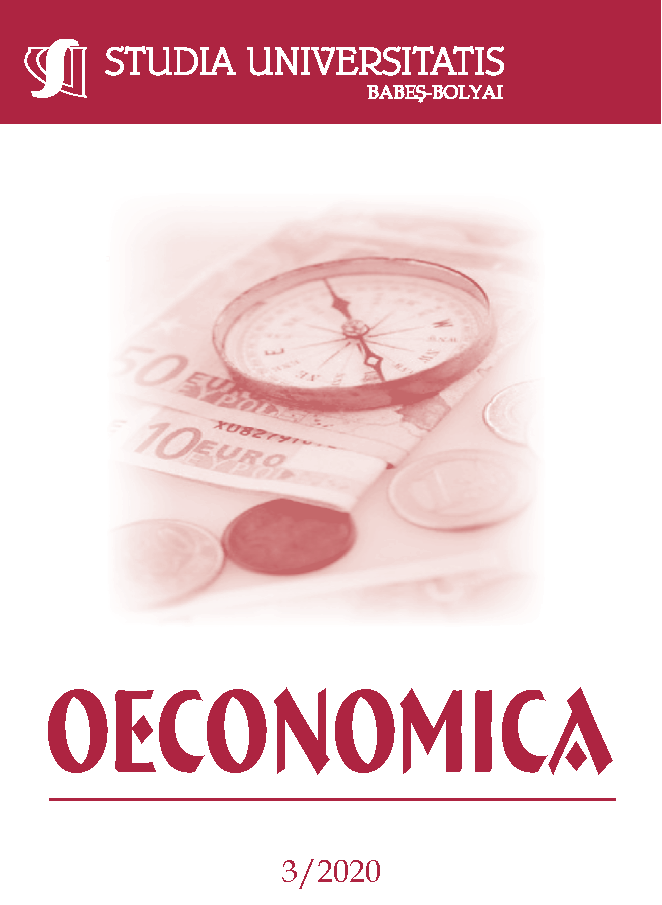INVESTIGATING EXTERNAL DEBT AND EXCHANGE RATE FLUCTUATIONS IN NIGERIA: ANY DIFFERENCE WITH ARDL MODEL?
INVESTIGATING EXTERNAL DEBT AND EXCHANGE RATE FLUCTUATIONS IN NIGERIA: ANY DIFFERENCE WITH ARDL MODEL?
Author(s): Timothy Ayomitunde Aderemi, Lawrence Olusegun Fagbola, Gbenro Matthew Sokunbi, Chidinma Edith EbereSubject(s): National Economy, Business Economy / Management
Published by: Studia Universitatis Babes-Bolyai
Keywords: Exchange Rate; Fluctuations; External Debt; ARDL; Nigeria;
Summary/Abstract: One of the contending issues in Nigeria in the recent time is external debt and exchange rate fluctuations. In view of the above, this study examined the relationship between external debt and exchange rate fluctuations in Nigeria over the period of 1981 to 2018. Consequently, the study employed Autoregressive Distribution Lag Model to address the objective of the study. The major findings that originated in this paper are as follows: external debt, debt service payment and foreign reserve have a significant positive impact on exchange rate fluctuations in the short run in Nigeria. Furthermore, based on these findings, recommendations are made for the policy makers that external debt as a means of financing budget deficit should be minimized if not totally discouraged in Nigeria because its servicing in particular and repayment put pressure on foreign exchange market in the short run and thereby leads to exchange rate fluctuations in terms of depreciation of naira in the country. Also, country’s foreign reserve should be strengthened through the implementation of aggressive export promotion policy in Nigeria.
Journal: Studia Universitatis Babes Bolyai - Oeconomica
- Issue Year: 65/2020
- Issue No: 3
- Page Range: 53-64
- Page Count: 12
- Language: English

